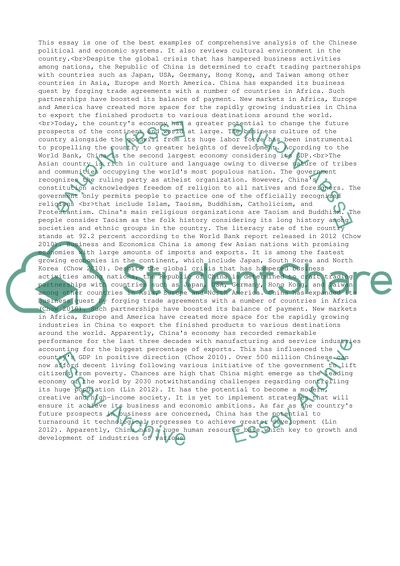Cite this document
(“Understanding China and its Society, Business and Economics, Culture Essay”, n.d.)
Retrieved from https://studentshare.org/business/1476680-understanding-china-and-its-society-business-and-economics-culture-and-languages
Retrieved from https://studentshare.org/business/1476680-understanding-china-and-its-society-business-and-economics-culture-and-languages
(Understanding China and Its Society, Business and Economics, Culture Essay)
https://studentshare.org/business/1476680-understanding-china-and-its-society-business-and-economics-culture-and-languages.
https://studentshare.org/business/1476680-understanding-china-and-its-society-business-and-economics-culture-and-languages.
“Understanding China and Its Society, Business and Economics, Culture Essay”, n.d. https://studentshare.org/business/1476680-understanding-china-and-its-society-business-and-economics-culture-and-languages.


